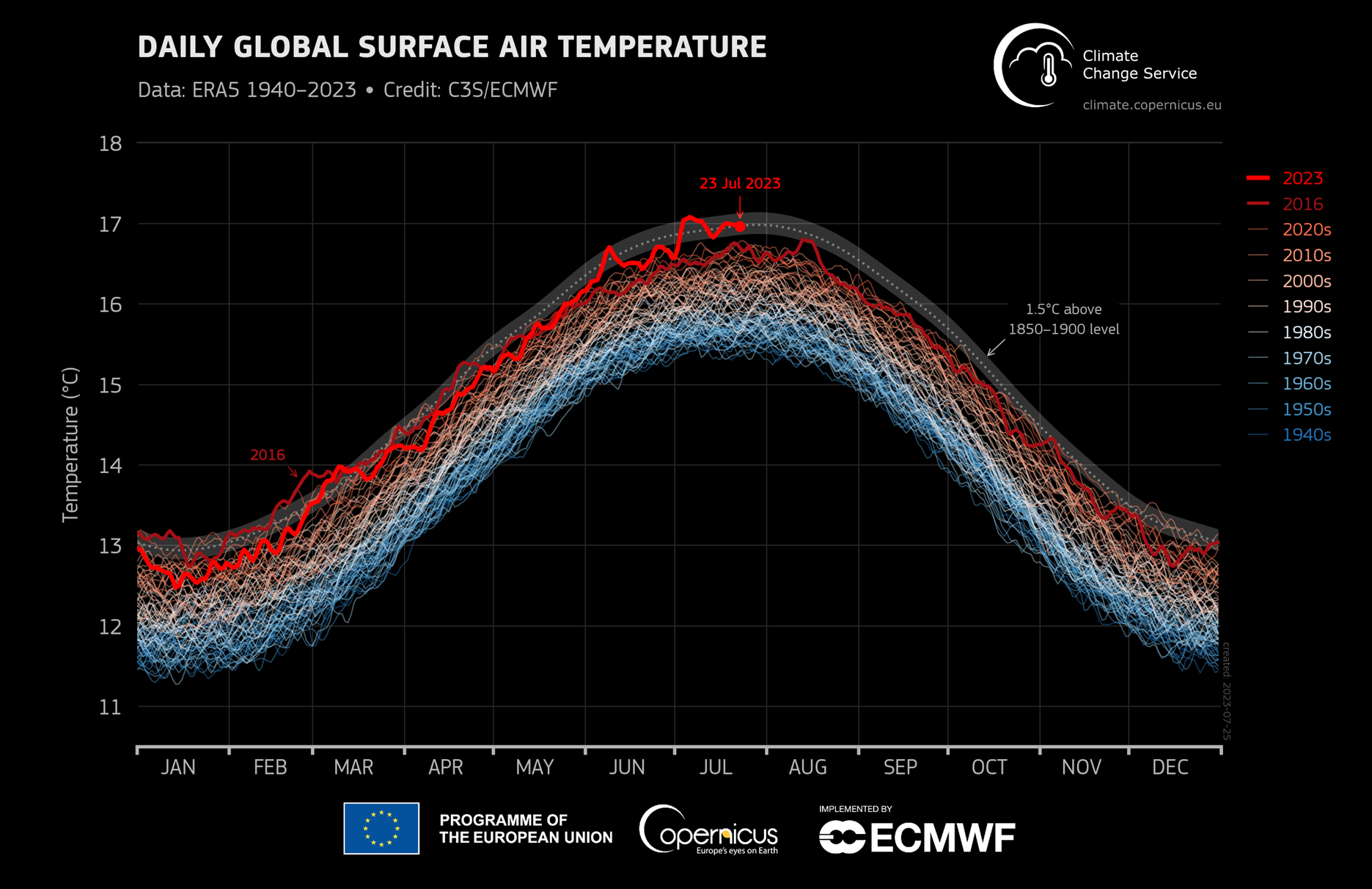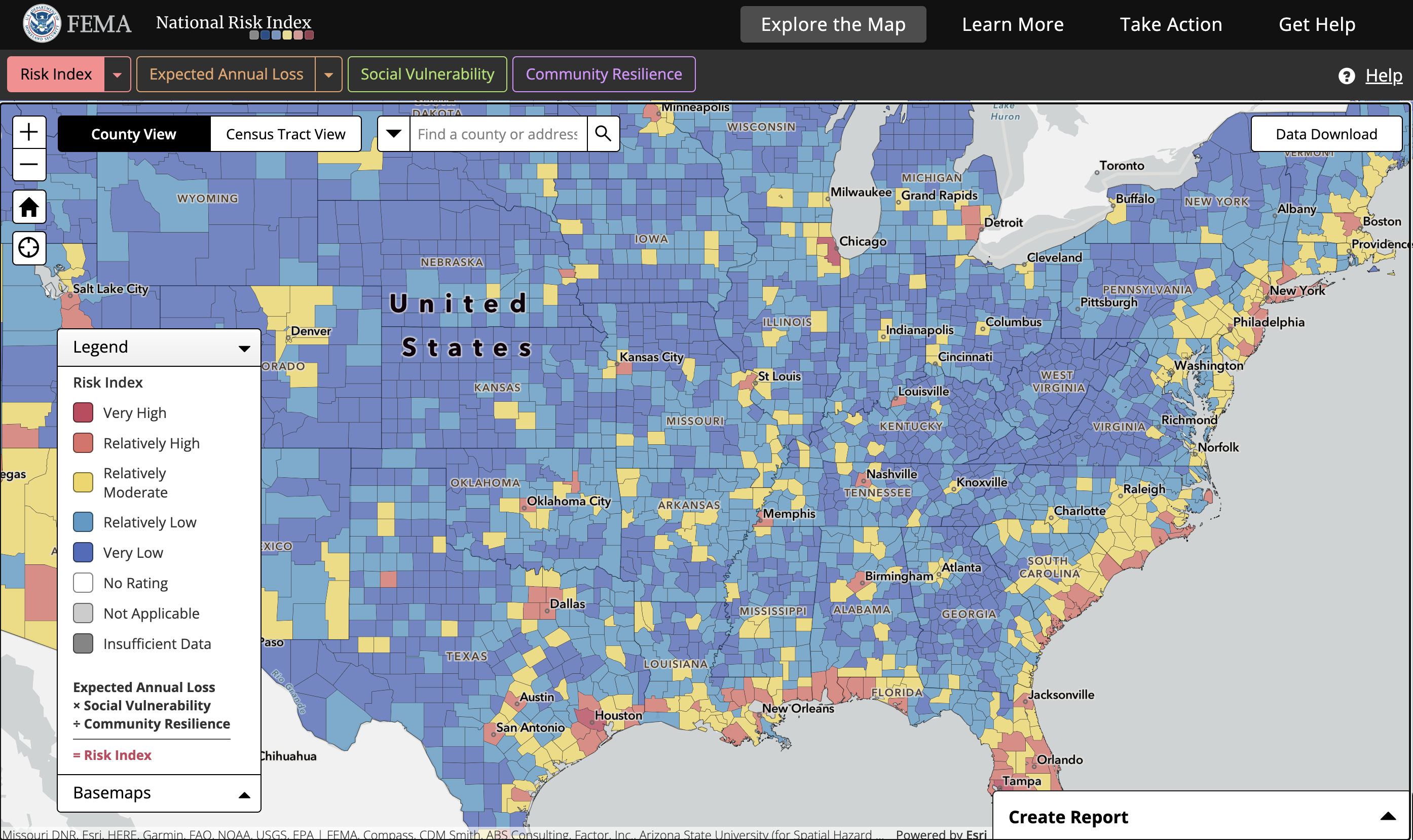Our planet is hot—the warmest in recorded history by some measurements1. And our climate is now changing at an alarming rate.
It's no secret that climate change causation is controversial in many political circles. However, addressing the impacts of extreme weather is – and always has been – a noble pursuit. And this can be done now without the noise surrounding the reason why.

We Aren’t Helpless
You've probably already acted in your personal or business life to reduce the impact on our environment. But it can feel overwhelming when you consider how big the challenge is and how small your part feels. Our collective efforts can take years, if not decades, to have any meaningful effect. This disconnect can make you feel helpless.
However, there's something you can do today to lessen the effect of climate change on your bottom line. Studies have shown that our warming planet has amplified the magnitude and frequency of extreme weather events2. One could even threaten your team’s safety or operations next week!
This is a simple, three-step plan to help you be more proactive to extreme weather threats before it's too late.
Choose the Right Approach
One of the biggest challenges to reversing (or preventing) the effects of climate change is that it requires a behavior change. Not just in your city, state, or country. But worldwide. And that effort is complicated by confusing stats that can get clouded further by conflicting motives.
While we wait on our collective carbon reductions to tame the planet, let's remember that adaptation to climate change is what can make an immediate difference. This approach is quite simple. And it can directly help you cut expenses, avoid danger, or even save lives.
Your adaptation effort should include inspecting assets, a contingency plan for operations, and deeper insights into specific weather threats.
Determine Your “Extreme” Risks
Identifying the types of extreme weather that could threaten your assets is essential before you set up a response plan. You want to avoid spending money on a hazard that never occurs. However, keeping an open mind on what may happen in this new climate era is critical.

Extreme weather isn't always deadly or destructive. The International Panel on Climate Change (IPCC) defines the term as "an event rare at a particular place and time of year." Many scientists also use a quantifiable metric to define "extreme," such as falling within the 10th or 90th percentile of probability.
Hurricanes and severe weather risks are generally easier to identify, but the more subtle ones, like heat waves or deep freezes, can sneak up on you when they aren’t top of mind.
Two online resources exist to help your team assess potential hazards:
- The Federal Alliance for Safe Homes has an online tool that uses historical data to identify weather hazards at specific locations.
- The Federal Emergency Management Agency (FEMA) has created an online tool called the National Risk Index (NRI), which allows you to view risks in their totality or compare potential threats between locations.
Knowing your potential risks can help you prepare adequately for a more specific threat in the future.
Let Smarter Data Do the Heavy Lifting
Not all weather data and maps serve the same purpose. In many cases, what you see on a news report or from a weather agency is directed at a broad audience and for the consumer. Actionable insights on a threat specific to an industry or decision-maker are what companies like Baron Weather do best. And we take it a step further!
The newly-released Extreme Weather Index from Baron not only identifies weather threats around the globe based on their potential impact, but local climatology is also considered for context where applicable. It's not an outright departure from normal dataset, as this isn’t always equal to the level of risk. Instead, the indices use the full spectrum of historical records to help organizations adapt to new or unusual hazards in an easy-to-understand format.
The Baron Extreme Weather Index updates at least four times daily and identifies high winds, large hail, heavy rain or snow, and extreme temperatures on a simple scale. Even those with little or no meteorological training can quickly begin planning for disruptive weather up to 16 days into the future with actionable descriptions of expected impacts.
The three steps in this extreme weather response plan are somewhat independent and don’t have to be followed chronologically. It’s essential to recognize the difference between a weather trend that is a direct (albeit slower) effect of climate change versus a weather event that has become more extreme due to such changes. Baron’s Extreme Weather Index is a perfect fit for the latter.
1 United Nations (2023, July 27). Hottest July ever signals ‘era of global boiling has arrived’ says UN chief.
2 American Meteorological Society. (n.d.). Explaining Extreme Events from a Climate Perspective.
